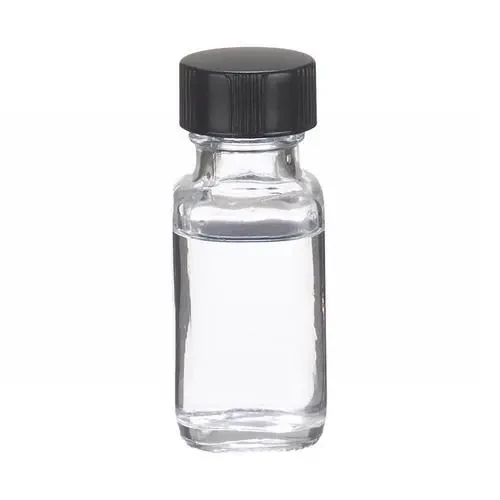Understanding Polyacrylamide Properties, Applications, and Innovations
Polyacrylamide (PAM) is a versatile synthetic polymer widely used in various fields, including agriculture, environmental science, and industrial applications. Its unique properties, such as high water solubility, excellent thickness, and the ability to form hydrogels, make it an essential material in multiple sectors. In this article, we will explore the characteristics, applications, and recent innovations related to polyacrylamide.
Characteristics of Polyacrylamide
Polyacrylamide is formed through the polymerization of acrylamide monomers, resulting in a long-chain macromolecule. The forms of polyacrylamide can vary depending on its molecular weight and structure, leading to different physical and chemical properties. PAM can be categorized into several types, including anionic, cationic, and nonionic polyacrylamides, each with specific uses dependent on their charge characteristics.
One of the most notable properties of polyacrylamide is its ability to absorb and retain large amounts of water, making it an effective soil conditioner. When PAM is applied to soil, it enhances its structure and moisture retention capability, leading to improved crop yields in agricultural settings. Additionally, PAM's high viscosity can reduce soil erosion and enhance water infiltration, promoting sustainable farming practices.
Applications of Polyacrylamide
1. Agriculture In the agricultural sector, polyacrylamide is extensively used as a soil amendment. By improving soil structure and moisture retention, PAM helps crops withstand drought conditions. Moreover, it aids in reducing nutrient leaching, thus promoting more efficient nutrient utilization.
2. Water Treatment PAM plays a crucial role in municipal and industrial water treatment processes. It is used as a flocculant to remove suspended solids from water, helping in the purification process. By aggregating small particles into larger flocs, polyacrylamide enhances the efficiency of sedimentation and filtration operations.
polyacrylamide p3

3. Oil Recovery In the petroleum industry, polyacrylamide is utilized in enhanced oil recovery (EOR) techniques. Its ability to increase the viscosity of water injected into oil wells improves the displacement of oil, leading to higher extraction rates. This application highlights the importance of polyacrylamide in maximizing resource recovery.
4. Biomedical Applications The biocompatibility of polyacrylamide allows it to be used in biomedical fields, particularly in drug delivery systems and tissue engineering. Researchers are exploring its potential in developing hydrogels that can facilitate the controlled release of therapeutics, enhancing treatment efficacy.
Innovations and Future Directions
Recent advancements in polyacrylamide technology focus on enhancing its functionality and sustainability. Researchers are exploring the development of biodegradable versions of PAM to mitigate environmental concerns associated with conventional polymers. Innovations in grafting techniques and biodegradable additives are paving the way for eco-friendly alternatives that maintain the desirable properties of traditional polyacrylamide.
Additionally, the incorporation of nanomaterials with polyacrylamide is an exciting area of research. This hybrid approach can enhance the mechanical strength and functionality of PAM-based materials, making them suitable for more demanding applications.
Conclusion
Polyacrylamide’s multifaceted properties and wide-ranging applications make it a significant polymer in contemporary science and industry. Its role in agriculture, water treatment, oil recovery, and biomedicine underscores its versatility as a functional material. As research progresses, innovations in polymer technology promise to unlock new potentials for eco-friendly and efficient applications of polyacrylamide. Embracing these advancements will not only enhance current practices but will also contribute to a more sustainable future.

